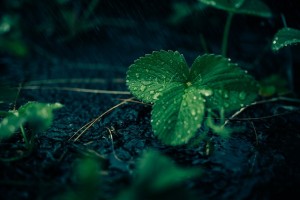 Compared to surface water, rainwater is relatively clean to begin with. It is what rainwater comes in contact with that requires attention. Dust, pollen, organic materials, such as leaves and pine needles greatly affect the quality of stored rainwater.
Compared to surface water, rainwater is relatively clean to begin with. It is what rainwater comes in contact with that requires attention. Dust, pollen, organic materials, such as leaves and pine needles greatly affect the quality of stored rainwater.
Filtering out this debris upstream from storage should be included in your rainwater harvesting system. A high quality gutter screen is recommended as a first line of defense against debris, while it also keeps your gutters clean.
The use of downspout filters, or vortex filters, will improve the quality of your stored water by filtering and aerating rain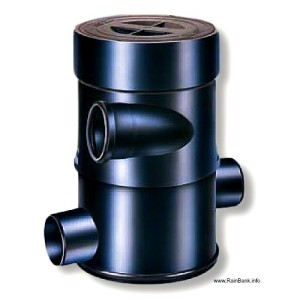 water before it enters the storage tank. Removal of large particulate along with aeration greatly reduces the amount of harmful bacteria entering the storage tank. A downspout filter or vortex filter acts as first flush device and aerates the water and will not freeze as other first flush devices.
water before it enters the storage tank. Removal of large particulate along with aeration greatly reduces the amount of harmful bacteria entering the storage tank. A downspout filter or vortex filter acts as first flush device and aerates the water and will not freeze as other first flush devices.
A smoothing inlet installed inside the bottom of the tank distributes the incoming water horizontally and prevents stirring up the sediments while aerating the water as it enters the tank. Aeration happens with each collection cycle and helps keep a healthy bio film at the bottom of the tank. There are beneficial microbes in the sediment that actually eat bacteria as they sink to the bottom. A healthily maintained bio film enhances the water quality in storage.
To prevent backup in the system during heavy rains, the storage tank should always include an overflow device. The overflow device allows water to overflow, but protects water quality in the storage tank with back flow prevention and vermin protection while also providing a skimming during overflow of buoyant debris, such as pollen, on the water surface.
Finally, a floating suction ensures the water being provided to the pressure pump and filtration is the cleanest water from the storage tank. Since all harvested rainwater is filtered before entering the tank, the floating filter should never clog, but will instead take water from just below the surface. Water at this depth is of the highest quality in the tank, because any particulate that enters the tank either floats on the surface or settles to the bottom. The floating filter acts as an uptake point for the pump than a filter; thus, the floating filter should never require maintenance.
RainBank Rainwater Systems is a dealer of Wisy and the Four Step System to ensure quality, collected rainwater.

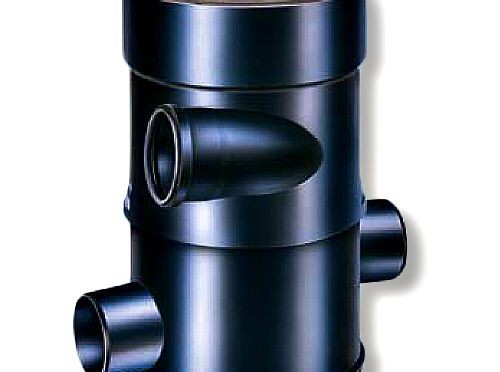
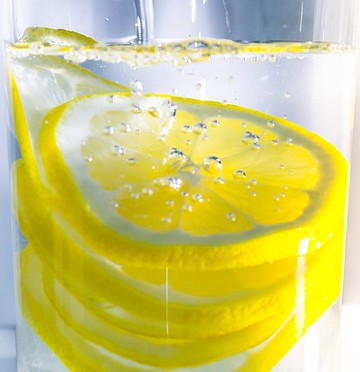
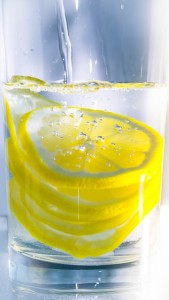 Although rainwater is generally considered clean, it can carry microbial and viral contamination generally caused by birds, rodents and insects. However, rainwater is relatively easy to filtrate and disinfect, resulting in improved quality over other drinking water supplies.
Although rainwater is generally considered clean, it can carry microbial and viral contamination generally caused by birds, rodents and insects. However, rainwater is relatively easy to filtrate and disinfect, resulting in improved quality over other drinking water supplies.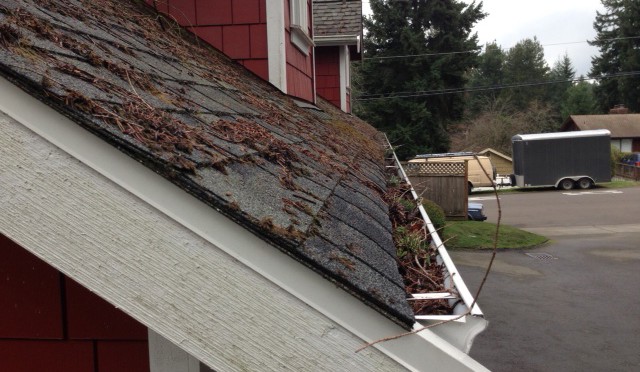
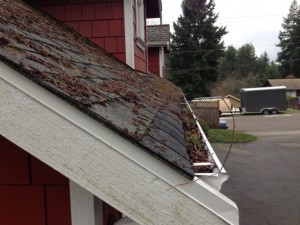
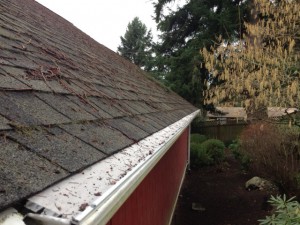
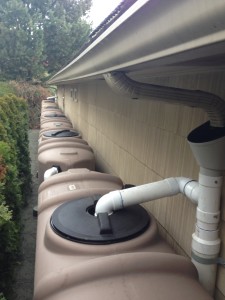
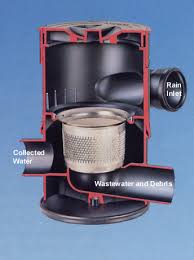 The vortex filter is more of a hands-free device instead of the first flush and for most applications, this designer/installer prefers it. The vortex filter works on a centrifugal theory, where the water enters the top side of the filter from the tight line and is directed into a channeled side which swirls the water horizontally, passing through a screen, then towards storage. Residual water along with the debris falls through the center and towards waste.
The vortex filter is more of a hands-free device instead of the first flush and for most applications, this designer/installer prefers it. The vortex filter works on a centrifugal theory, where the water enters the top side of the filter from the tight line and is directed into a channeled side which swirls the water horizontally, passing through a screen, then towards storage. Residual water along with the debris falls through the center and towards waste.